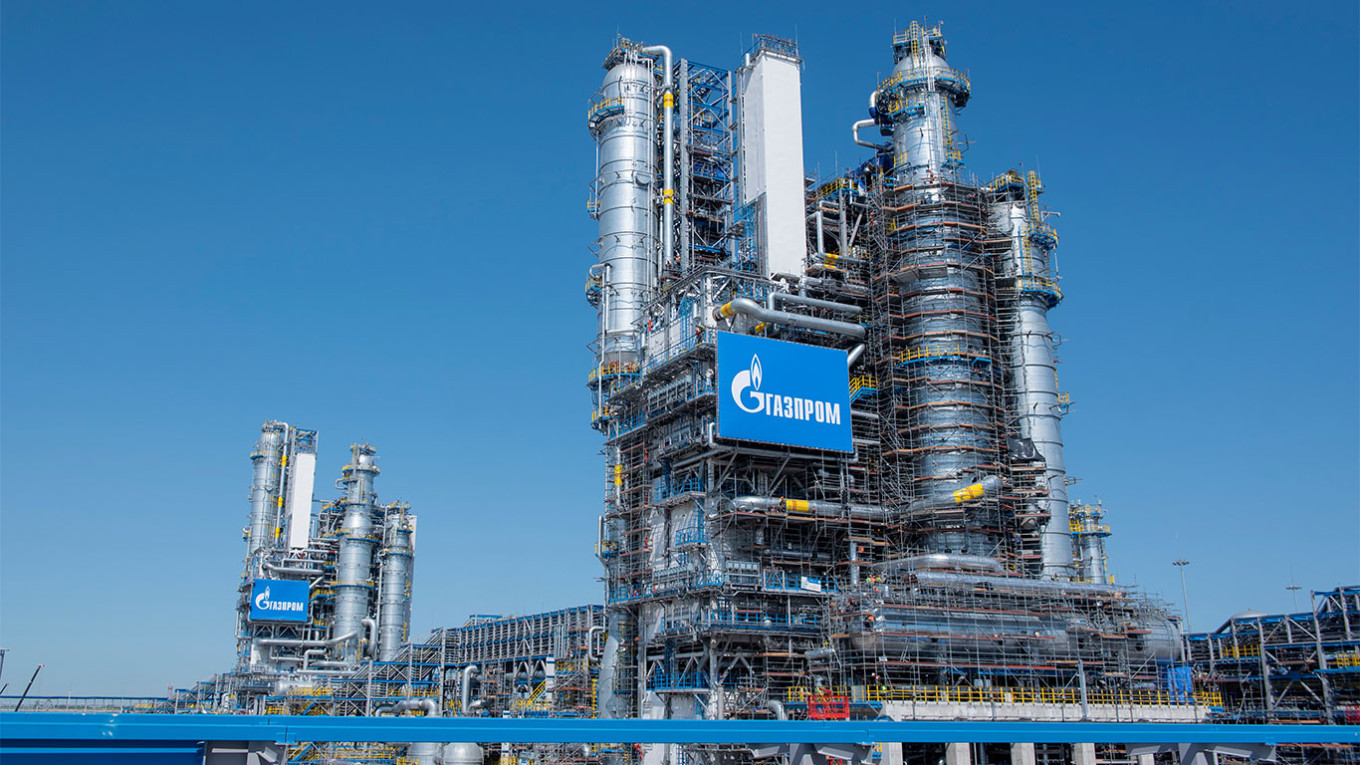- Bad developments for Gazprom are predicted even in optimistic scenarios. The study authors expect Gazprom’s natural gas exports to Europe to continue at an annual rate of 50 to 75 bcm until 2035. As the Europeans intend to reduce their imports of Russian pipeline gas to zero by 2027, this premise may seem unrealistic.
- What’s more, Gazprom can’t really hope to pivot towards LNG as many assume, according to the report: it doesn’t have the skills and technologies required to carry out large-scale projects in that area, especially in a very difficult environment marked by US sanctions.
- Chinese market will only be able to compensate for the major loss of income from the European market (compared to the period before 2022 and the war in Ukraine) with great difficulty. In addition, Moscow’s talks with Beijing about the Power of Siberia 2 gas pipeline are moving forward only slowly makinv an agreement in 2024 unlikely.–
Bad news is piling up for Gazprom. Already hit hard by a historic loss in 2023, the Russian company is also facing Chinese intransigence: talks between Moscow and Beijing about the Power of Siberia 2 gas pipeline project are moving forward only with great difficulty, and a firm and final agreement this year looks unlikely at this stage. More recently, on June 12, it was revealed that the company’s gas production had fallen sharply last year to 359 bcm, as compared to 413 bcm in 2022 and 515 bcm in 2021. Gazprom’s only consolation is the fact that its total production (both oil and gas) rose by 6.6% last year to 72.4 MMtoe.
Above all, a recently published report commissioned by Gazprom’s management has poured cold water on the Russian group’s hopes for possible improvement within the next few years.
According to the 150-page document, the entire decade of the 2020s promises to be difficult for Gazprom. Yet the report’s authors haven’t adopted any catastrophic assumptions: they expect Gazprom’s natural gas exports to Europe to continue at an annual rate of 50 to 75 bcm until 2035.
As the Europeans intend to reduce their imports of Russian pipeline gas to zero by 2027, this premise may seem unrealistic.
But to continue exporting natural gas discreetly to the EU, the Russians are planning to rely on Turkey (which dreams of becoming a gas hub for the entire region). Gas transiting through Turkey would officially no longer be Russian but Turkish, or of indeterminate origin (Ankara could facilitate this system by importing gas from other countries, especially in the form of LNG). While such a situation hasn‘t materialized yet, this hypothesis isn’t totally far-fetched. And there’s even more good news for Gazprom: its exports to China (via the Power of Siberia 1 gas pipeline) will continue to grow, and the plan to supply the country via a new gas pipeline (Power of Siberia 2) is officially still on the table. So the export market (which is far more lucrative than the domestic market) isn’t a dead loss, mainly thanks to China.
However, since Russia’s invasion of Ukraine more than two years ago, experts studying Gazprom’s “case” have run their calculations and come to the obvious conclusion: the Chinese market will only be able to compensate for the major loss of income from the European market (compared to the period before 2022 and the war in Ukraine) with great difficulty. The report mainly focuses on the most pessimistic forecasts, starting with Gazprom’s market share of Russian gas exports, which can be expected to decline substantially in favor of LNG, and therefore of Novatek, which is (and will remain) the main player in this area.
What’s more, Gazprom can’t really hope to pivot towards LNG: it doesn’t have the skills and technologies required to carry out large-scale projects in that area, especially in a very difficult environment marked by US sanctions (although Novatek is well positioned technologically, its Arctic LNG 2 project, which the United States is trying to torpedo, is in difficulty).
The report commissioned by Gazprom is based on the assumption that US sanctions against Russia are set to last, in line with the policy that Washington has pursued against its other adversaries (namely Iran, North Korea, and to a lesser extent, Venezuela) for many years.
The 150-page report assumes that the Power of Siberia 2 project will probably be built eventually, increasing Russia’s export capacity to China by another 50 bcm. But even in that case, Gazprom won’t be out of the woods: first of all, the figure of 50 bcm isn’t very big when compared to the volumes that the Russian group was exporting to Europe before the war.
Furthermore, it’s by no means certain that Beijing will pledge to buy 50 bcm. Finally, everyone knows that the Chinese will probably negotiate very competitive prices from Gazprom for their future gas imports via Power of Siberia 2. As a result, Gazprom can’t expect this gas pipeline project to earn sky-high profits. Furthermore, the study commissioned by the Russian group expects Russian LNG exports (which would mainly benefit Novatek) to lie somewhere between 99 and 126 bcm in 2035, as compared to 41 bcm in 2020.
This sharp increase is certainly good news for the finances of the Russian government (and of course for Novatek), but not for Gazprom, which even in the best-case scenario would have only a minority slice of this pie. In the end, LNG will probably account for half of Russia’s natural gas exports by 2035. Unsurprisingly, the report’s authors believe that the Russian government will probably adopt a pragmatic stance, supporting and largely favoring its LNG sector rather than Gazprom and its gas pipelines.
Good. I hope it gets worse


